Case Studies
Orange County Utilities (OCU) – Unidirectional Flushing (UDF) Data Viewer
EPIC built a GIS-driven UDF Data Viewer for Orange County Utilities, centralizing modeling and field data to flag outliers, optimize flush plans, and drive maintenance for better water quality and network performance.
Introduction
Orange County Utilities (OCU) Field Services launched a systemwide Unidirectional Flushing (UDF) program to improve water quality, asset condition, and network performance.
EPIC designed and delivered the UDF Data Viewer, a centralized, GIS‑driven web application that compiles modeling, field assessment, and field flushing datasets—making it easy for staff to visualize outliers, optimize flush plans, and drive maintenance actions.
Challenge
OCU’s UDF effort generated multiple spreadsheets and reports across Modeling, Field Assessment, and Field Flushing activities. This fragmented approach:
- Made data hard to view and analyze across zones and teams
- Required manual, time‑intensive aggregation and cross‑checks
- Delayed decisions needed to refine flush plans and take corrective action
- Limited reuse of assessment insights to update Maximo asset condition and create work orders

Solution
EPIC implemented the UDF Data Viewer—a centralized repository and web‑based GIS interface—so staff can see the full picture and act quickly.
Key Capabilities
- Data fusion: Automated ingestion of modeling outputs, assessment results, and flushing logs into a common data model
- Map‑centric analysis: Visualize zones, hydrants, valves, and sampling points; highlight outlier data (e.g., pressure, turbidity, residuals) to target follow‑up
- Plan optimization: Compare modeled vs. actuals; adjust sequences and boundaries to improve UDF efficiency
- Operational hand‑offs: Use assessment findings to populate Maximo asset condition and automatically create work orders for repair
- Role‑based access & exports: Filtered views for field, planning, and management; export datasets, snapshots, and reports
Solution highlights
- Data Fusion
- Map-centric Analysis
- Improved UDF Efficiency
- Operational Hand-offs
- Role-based Access & Exports
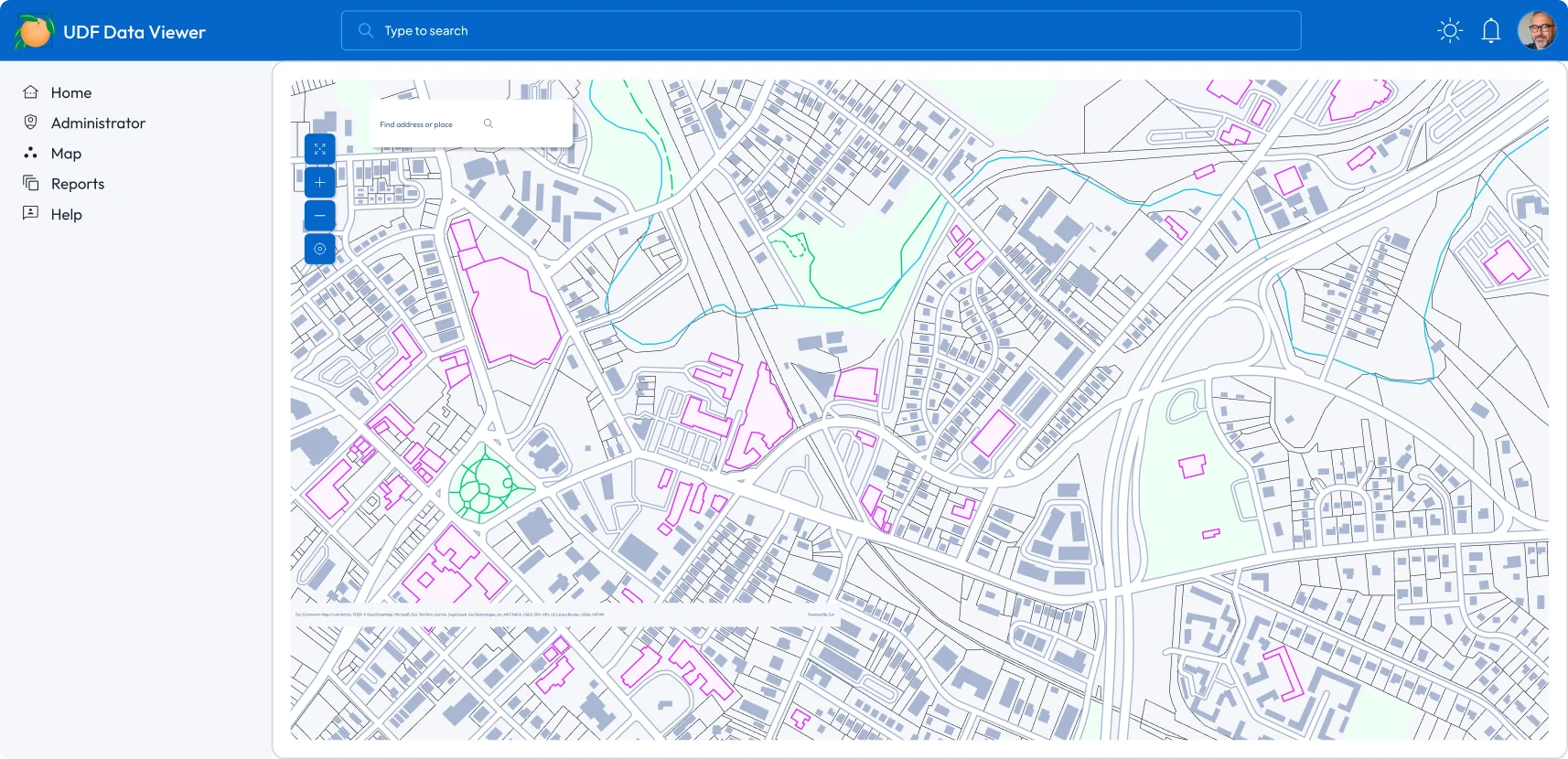
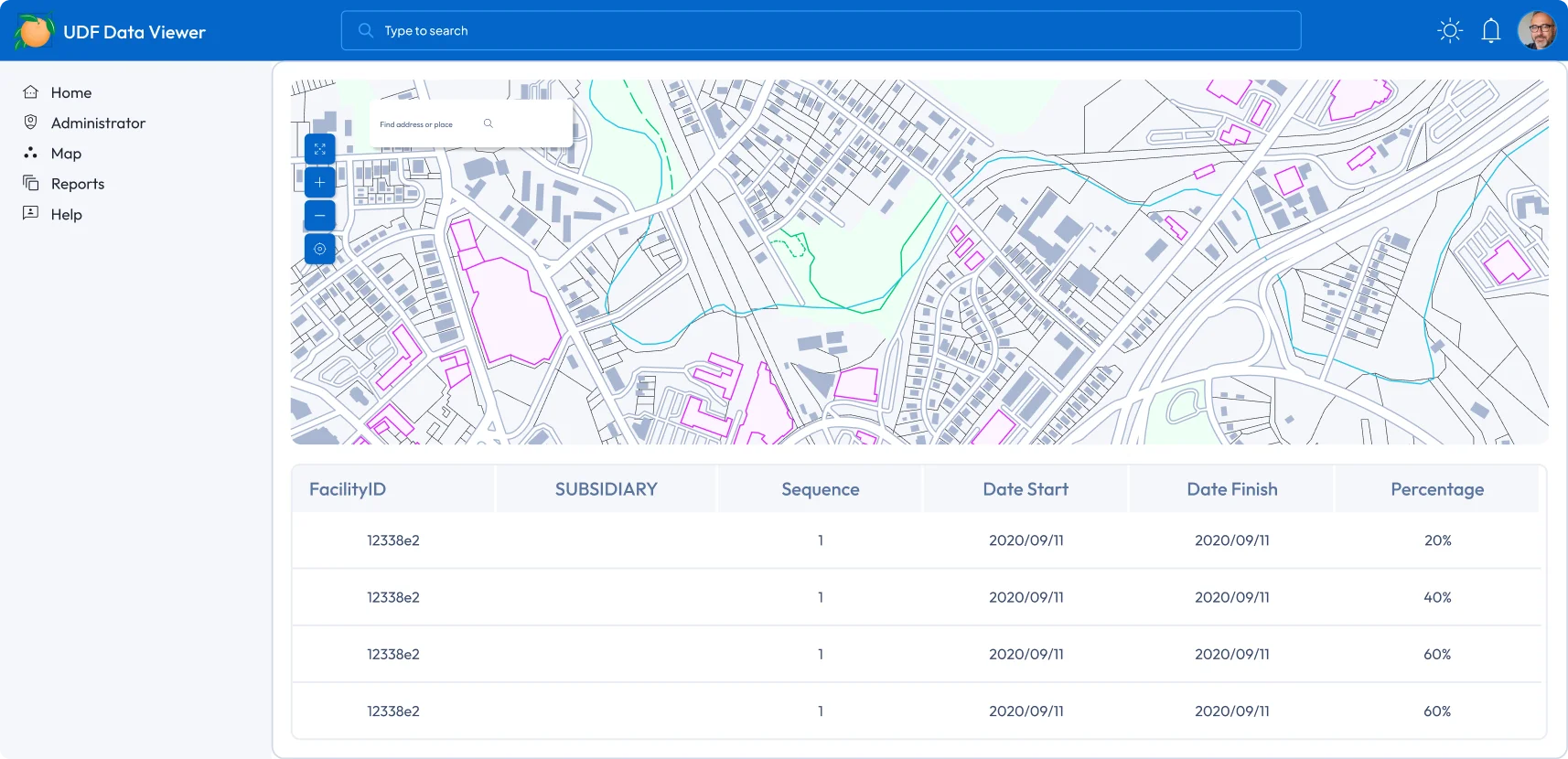
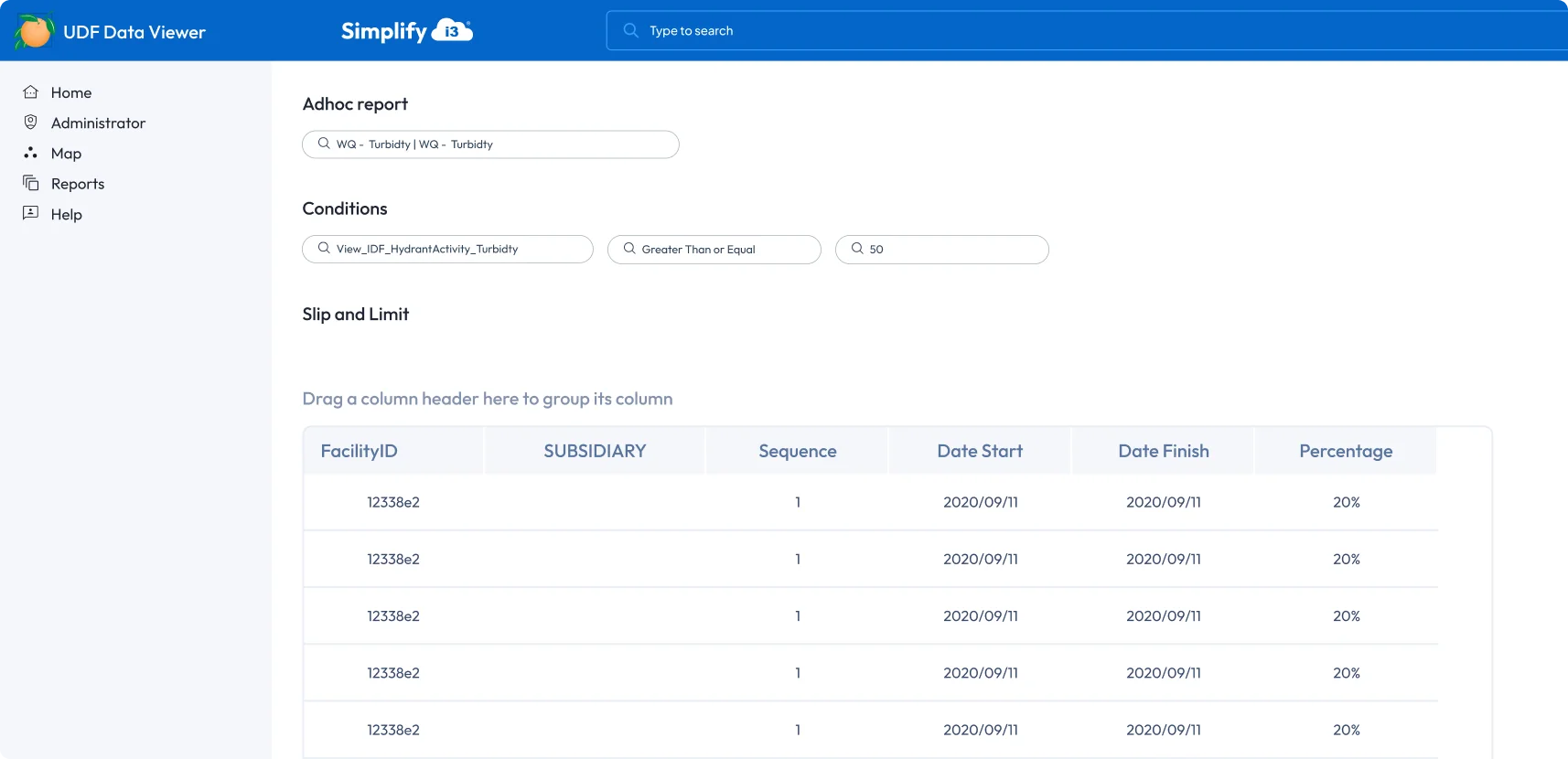
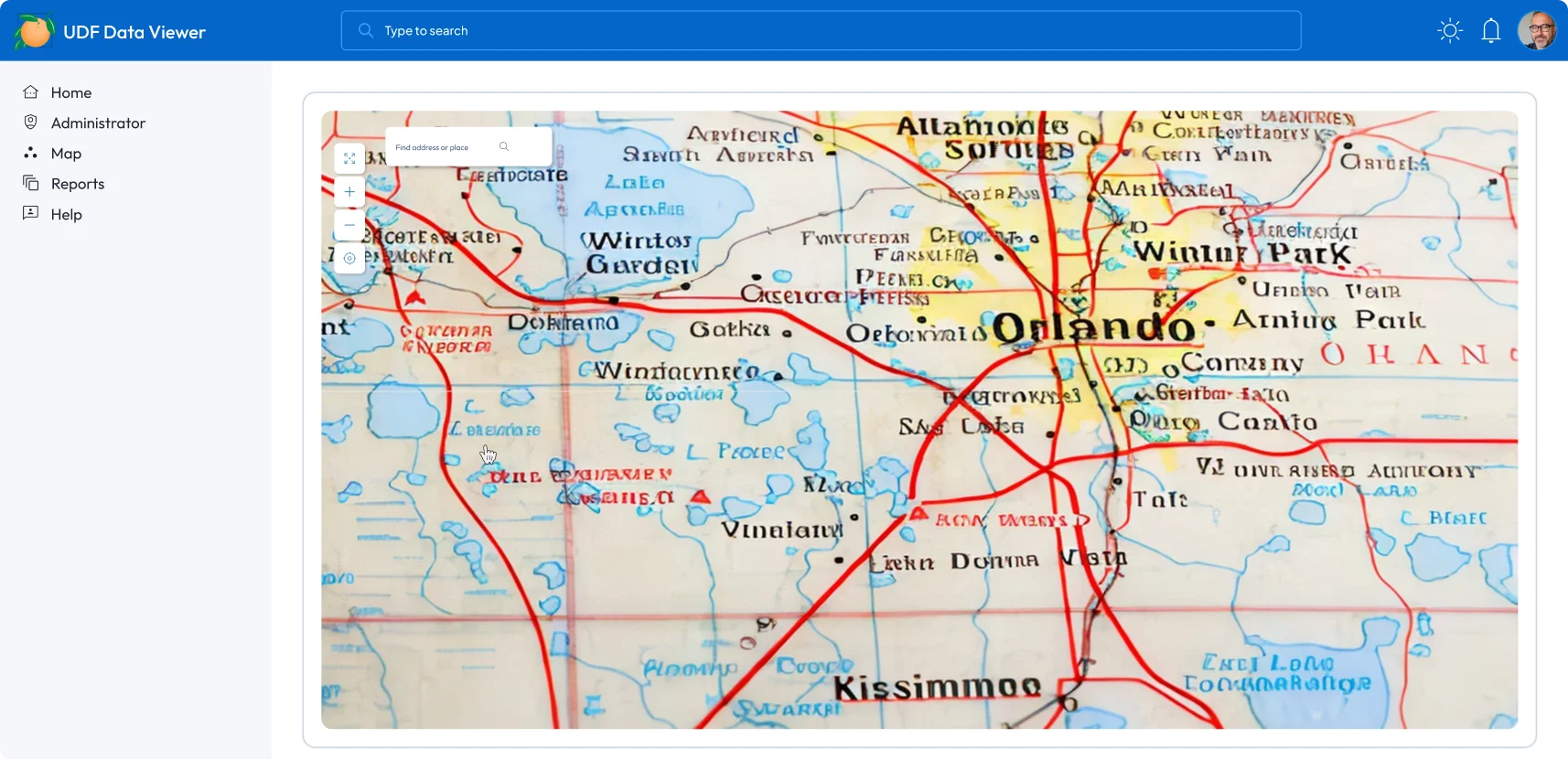
Insights
60–80%
Manual aggregation time reduction
30–40%
Faster Flush Plan Refinement Cycle
≥ 60%
Rework reduction due to data errors
Results
- Unified view of UDF activity: Modeling, assessment, and flushing data in one map‑centric application
- Faster, data‑driven decisions: Outliers surfaced instantly; plans adjusted quickly to improve outcomes
- Closed loop to maintenance: Assessment insights update Maximo asset condition and trigger work orders for timely repairs
- Less manual overhead: Staff spend more time optimizing and executing UDF, not reconciling spreadsheets
- Scalable foundation: Standards‑based data model and GIS approach support future analytics and expansion
Polk County Utilities
EPIC conducted thorough needs analysis and process mapping, always eager to troubleshoot, provide solutions, and collaborate effectively with all stakeholders.
Seminole County Environmental Services Division
Our partnership with EPIC Engineering & Consulting Group has modernized Seminole County Environmental Services, improving efficiency, data integrity, and project workflows.
City of Orlando
EPIC has been a trusted partner in our digital transformation. With Simplify i3, we eliminated duplicate data, reduced spreadsheets, and streamlined operations in a cloud-based system.
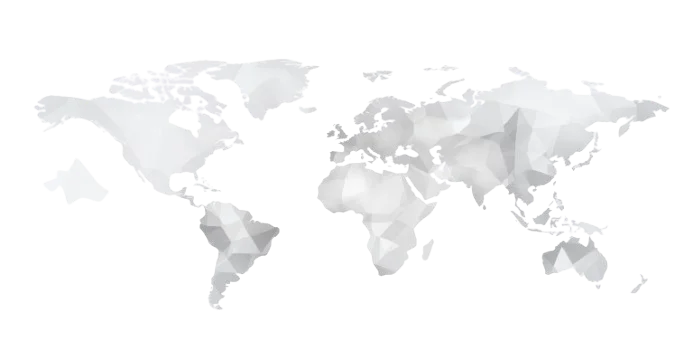
Talk to an expert about your challenge today
contact us

